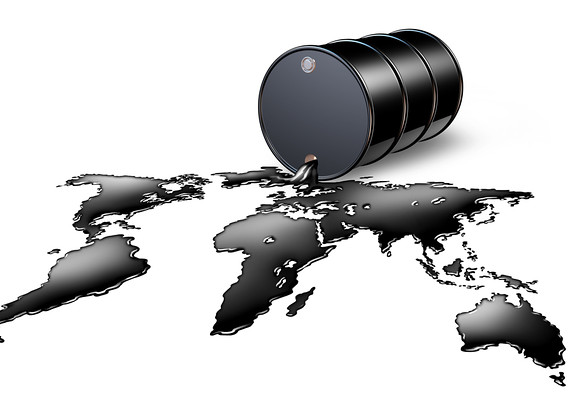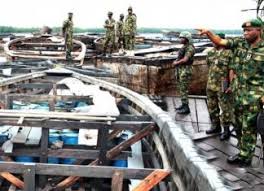31 August, 2011, Sweetcrude – Global liquefied natural gas demand was up 8.5% year on year in the first half of 2011 and is expected to grow by 12% for the whole year, driven by incremental demand from Japan, the United Kingdom and India, and continued growth from traditional buyer South Korea, Bernstein Research said Monday.
Japanese demand rose strongly in the second quarter of 2011 as LNG was the major substitute for the lost nuclear power following the March 11 quake and tsunami, the Bernstein analysts said in a report. Future demand is likely to remain supported, they said, as “long term viability of nuclear power continues to put stress on the power sector in Japan.”
Japan’s LNG imports were up 8% year on year in H1 2011, or equivalent to 2.64 million mt/year of additional demand compared with H2 2010.
Korea also recorded a 8% year on year increase in imports for the same period, or equivalent to 1.33 million mt/year of additional demand compared with H2 2010.
Asian LNG demand growth, averaging 9% year on year in H1 2011, was the strongest in India and China, where LNG imports were up 26% and 10% year on year, respectively, the analysts said.
Europe saw a 15% increase in LNG imports in H1 2011 compared with the corresponding period of 2010, with the UK, in particular, registering a 76% jump, which was equivalent to 4.73 million mt/year of incremental demand.
“Europe continued to favor LNG over more expensive Russian gas imports. Russian import gas prices were $2-3/MMBtu higher than the domestic spot prices, making spot LNG imports more attractive in Europe,” analysts said.
The UK, Japan, Korea, India, China and emerging markets in Latin America such as Brazil and Chile would support the near-term demand outlook, the Bernstein report said.
Longer term, analysts expect global LNG demand to grow from 218 million mt/year in 2010 to 310 million mt/year by 2015 and 410 million mt/year by 2020.
“Going forward, key regions that drive the global demand will be non-OECD Asia along with new LNG markets in the Middle East and South America,” analysts said, adding that low investment in natural gas production in South America in the last decade would result in limited new domestic supply.
Europe will also show substantial buying interest as “indigenous supply declines and there is diversification in import supplies between pipeline gas and LNG.”
INCREMENTAL LNG EXPORTS FROM MIDDLE EAST, WEST AFRICA
The increased demand in H1 2011 was primarily met by supply from Qatar, which was up by 9.37 million mt or 35% year on year during the period, supported by the startup of the Rasgas and Qatargas projects in 2009 and 2011, according to the Bernstein report.
Of the 9.37 million mt incremental exports from Qatar, 5.34 million mt went to Europe, due to higher prices in Europe compared with North America, coupled with the “startup of terminals in the UK and increased spot cargoes imports.”
Qatari exports to Asia in the first half of 2011 increased 16% from a year ago, but accounted for only 2.07 million mt of the incremental supply from the Middle Eastern producer.
“Qatari exports have not been able to take advantage of the higher spot LNG prices in Asia due to the high dependence of contract supply in Asia,” analysts said.
Nigeria and Yemen also recorded more exports this year as operations at Nigeria LNG Train 6 and Yemen LNG Train 1 and 2 were ramped up.




